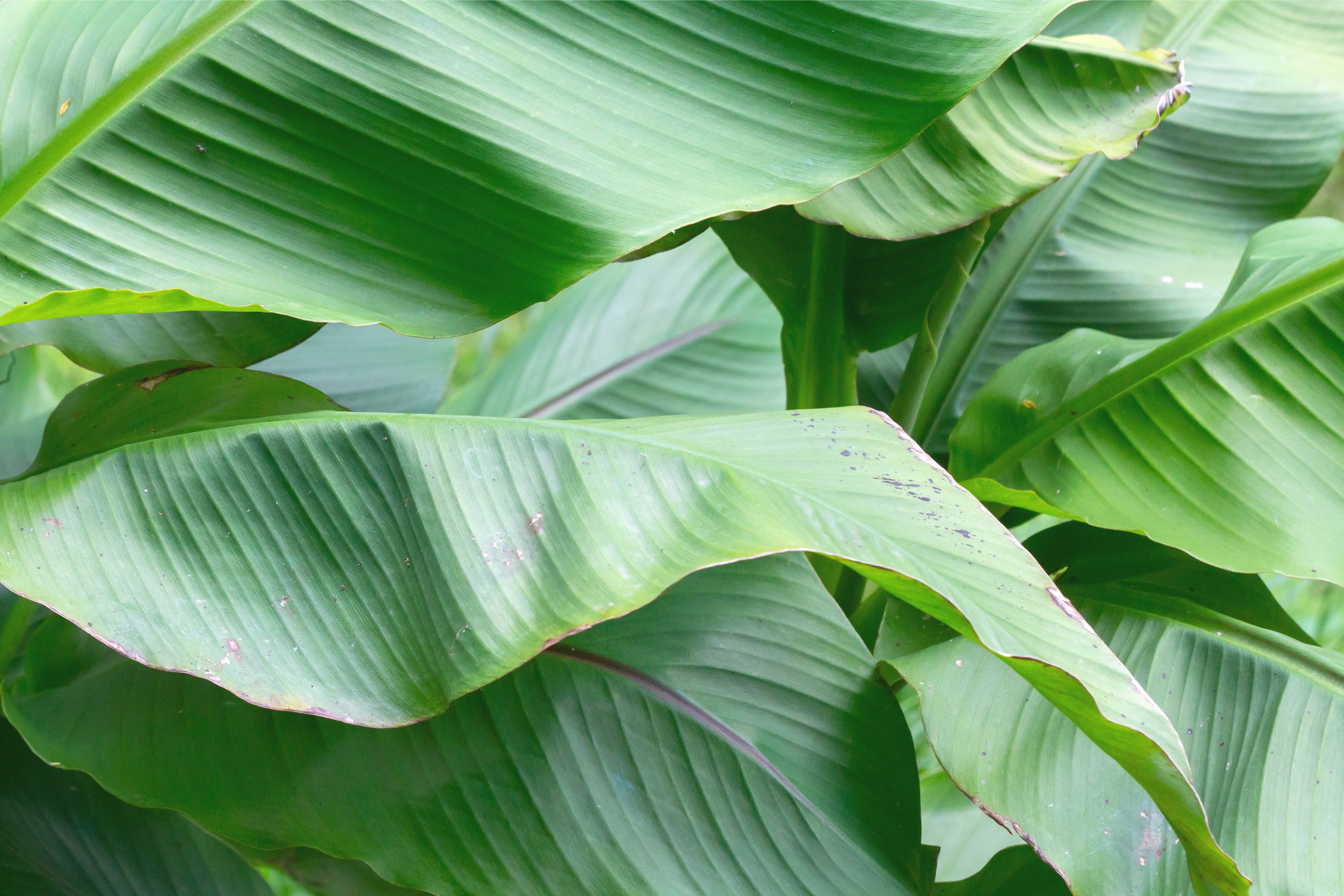Japanese banana
(Musa basjoo)

Description
Musa basjoo, commonly known as Japanese banana, is a species of flowering plant in the family Musaceae. It is native to Japan and is widely cultivated as an ornamental plant in temperate regions around the world. Musa basjoo is a fast-growing plant that can reach up to 4 meters (13 feet) in height, and is known for its large, tropical-looking leaves and striking yellow flowers. Taxonomy and Nomenclature Musa basjoo was first described by the German botanist Ernst Heinrich Georg Ule in 1902. Its scientific name is derived from the Latin word "Musa," which means "banana," and the Japanese word "basjoo," which means "place of origin." The plant is also commonly known as Japanese banana, Japanese fiber banana, or hardy banana. Description Musa basjoo is a perennial herbaceous plant that grows from a rhizomatous rootstock. It has a pseudostem, which is made up of tightly packed leaf sheaths, and can reach heights of up to 4 meters (13 feet). The leaves of the plant are large and elongated, with a length of up to 2 meters (6.6 feet) and a width of up to 70 centimeters (28 inches). They are green in color and have a leathery texture. The inflorescence of Musa basjoo is a large, upright terminal spike that emerges from the top of the pseudostem. It is composed of numerous flowers that are arranged in groups called hands. Each hand can contain up to 20 flowers, and the entire inflorescence can reach a length of up to 1 meter (3.3 feet). The flowers of Musa basjoo are hermaphroditic, with both male and female reproductive organs. The fruit of Musa basjoo is a fleshy, elongated berry that can reach a length of up to 10 centimeters (4 inches). It is green when unripe and turns yellow when ripe. The fruit contains numerous small, black seeds. Distribution and Habitat Musa basjoo is native to the Ryukyu Islands of Japan, where it grows in subtropical and temperate forests. It has been introduced to many other parts of the world, including North America, Europe, and Australia, where it is grown as an ornamental plant. Cultivation and Uses Musa basjoo is a popular ornamental plant, grown for its large, tropical-looking leaves and striking flowers. It is also sometimes used as a source of fiber for making paper and textiles. The plant is cold hardy and can tolerate temperatures as low as -20°C (-4°F) when well mulched. It prefers well-drained soil and full sun to partial shade. Propagation of Musa basjoo is typically done by division of the rhizomes. The plant can also be grown from seed, but this is less common as it takes longer to produce fruit. Musa basjoo is not typically grown for its fruit, as it is smaller and less flavorful than other banana varieties. Potential Health Benefits Bananas, including Musa basjoo, are a good source of vitamins and minerals, including vitamin C, vitamin B6, potassium, and manganese. They are also rich in fiber and antioxidants, which may help reduce the risk of chronic diseases such as heart disease and cancer. Some studies have also suggested that bananas may have anti-inflammatory and antimicrobial properties. Conclusion Musa basjoo is a fast-growing plant that is widely cultivated as an ornamental plant in temperate regions around the world. It is known for its large, tropical-looking leaves and striking yellow flowers.
Taxonomic tree:







